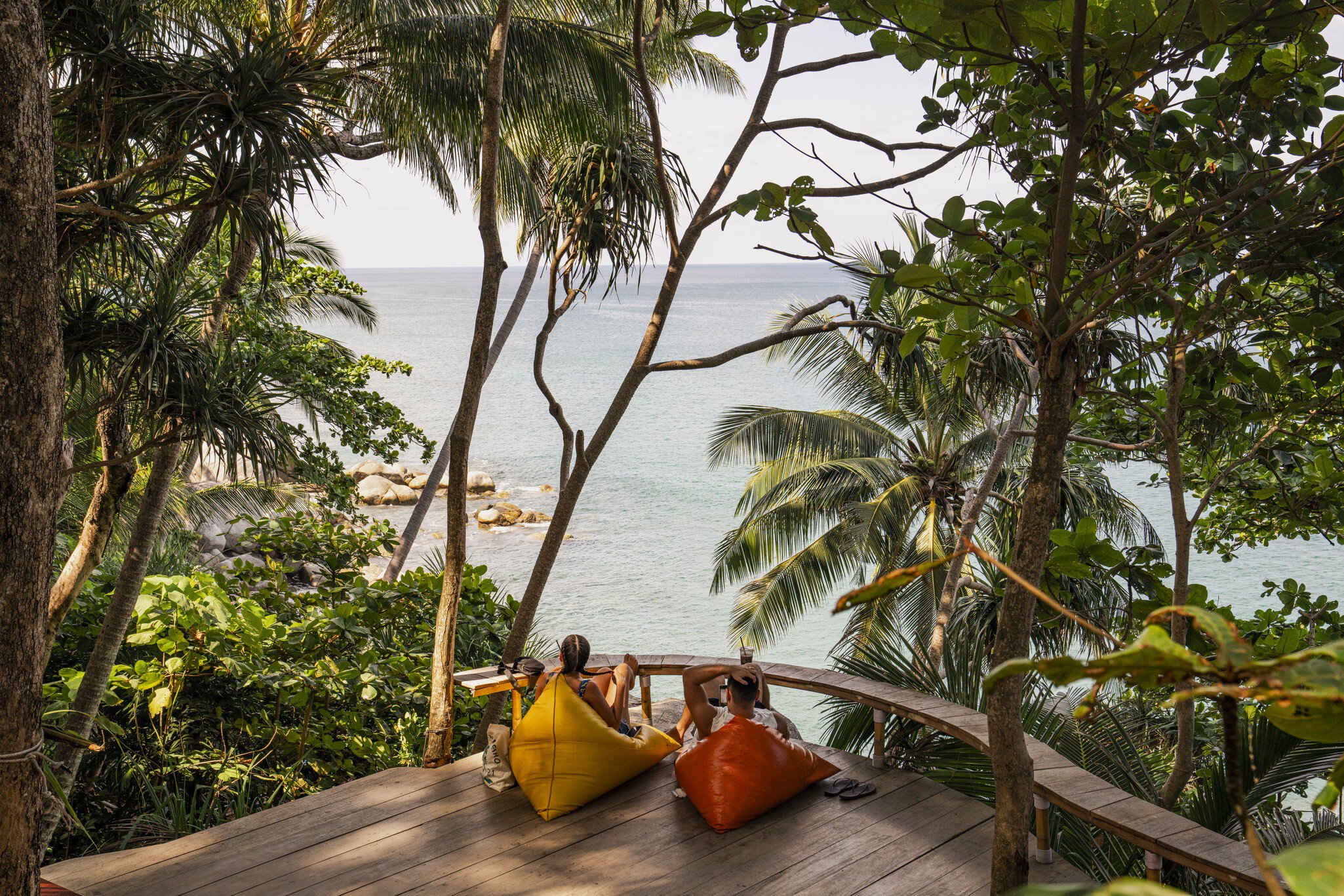

© Per Breiehagen / Getty Images
Overview
More, more, more – Michigan is the Midwest state that cranks it up. It sports more beaches than the Atlantic seaboard. More than half the state is covered by forests. And more cherries and berries get shoveled into pies here than anywhere else in the USA. Plus Detroit is the Midwest's most exciting city of all, reinventing itself daily with street art and fresh architecture.
Leave the planning to a local expert
Experience the real Michigan. Let a local expert handle the planning for you.
Must-see attractions
Planning Tools
Expert guidance to help you plan your trip
Best Things to Do
Experience the best of the Great Lakes State with this guide to things to do in Michigan.
Read full article
Best Places to Visit
Michigan boasts beautiful wild landscapes, charming small towns and thriving, vibrant cities. Where to begin? These are our 11 favorite places to visit.
Read full article
Best Time to Visit
Every season brings its own delights in Michigan but some are a little more challenging than others! Here's your guide to the best time to visit.
Read full article
Things to Know
Plan the perfect trip to Michigan with these top tips on planning, etiquette and health and safety.
Read full article
Transportation
Michigan may be the birthplace of the automobile but that's not the only transport option. Here are the best ways to get around the Wolverine State.
Read full article
Free Things to Do
From stargazing at a dark sky reserve to touring lighthouses, here are the best free things to do in Michigan.
Read full article
Money and Costs
Michigan's two peninsulas combine natural beauty and bustling city life, and plenty of activities in the state don’t cost a penny.
Read full article
Traveling with Kids
With four seasons of fun for kids, the Great Lakes state has plenty to offer its youngest visitors.
Read full article
Best Road Trips
Tour charming small towns, marvel at the view as your car hugs the lakeshore, and explore dense forests on our favorite Michigan road trips.
Read full article
















